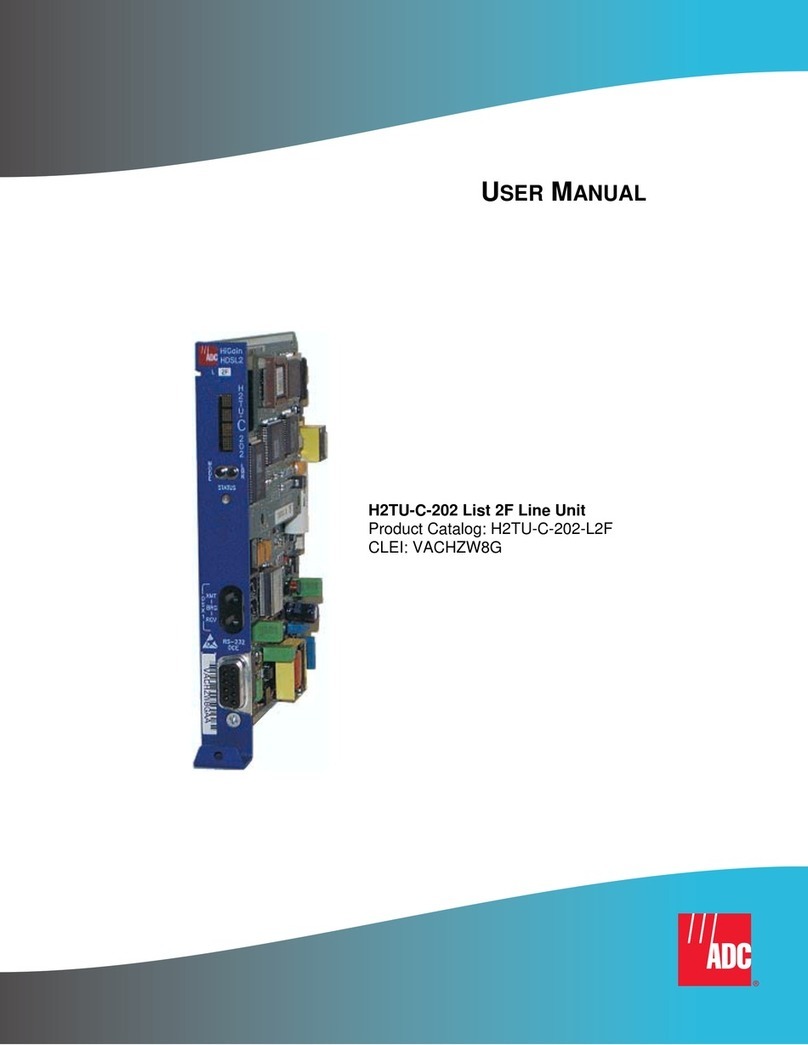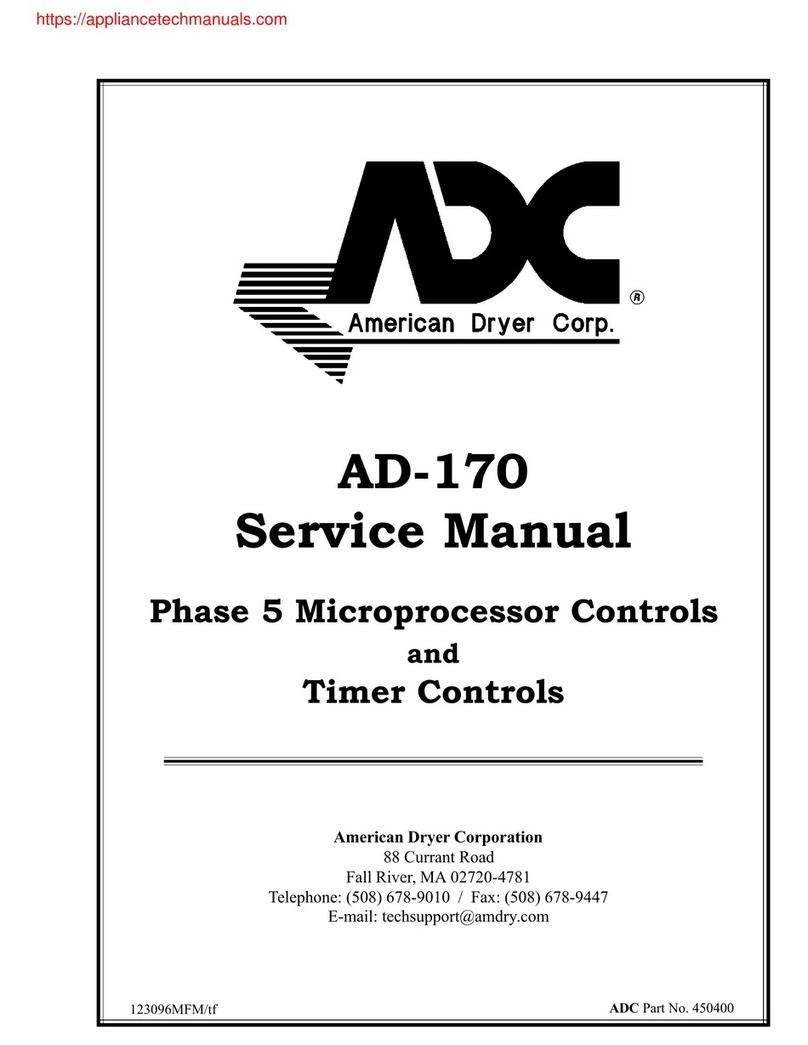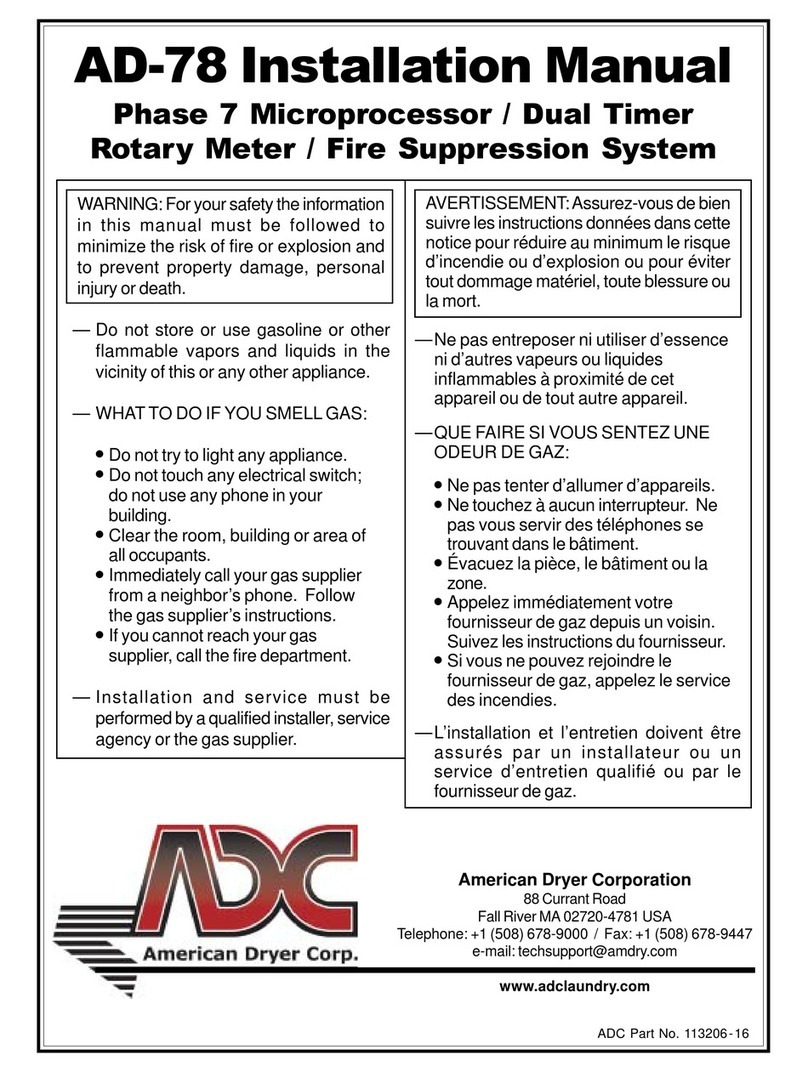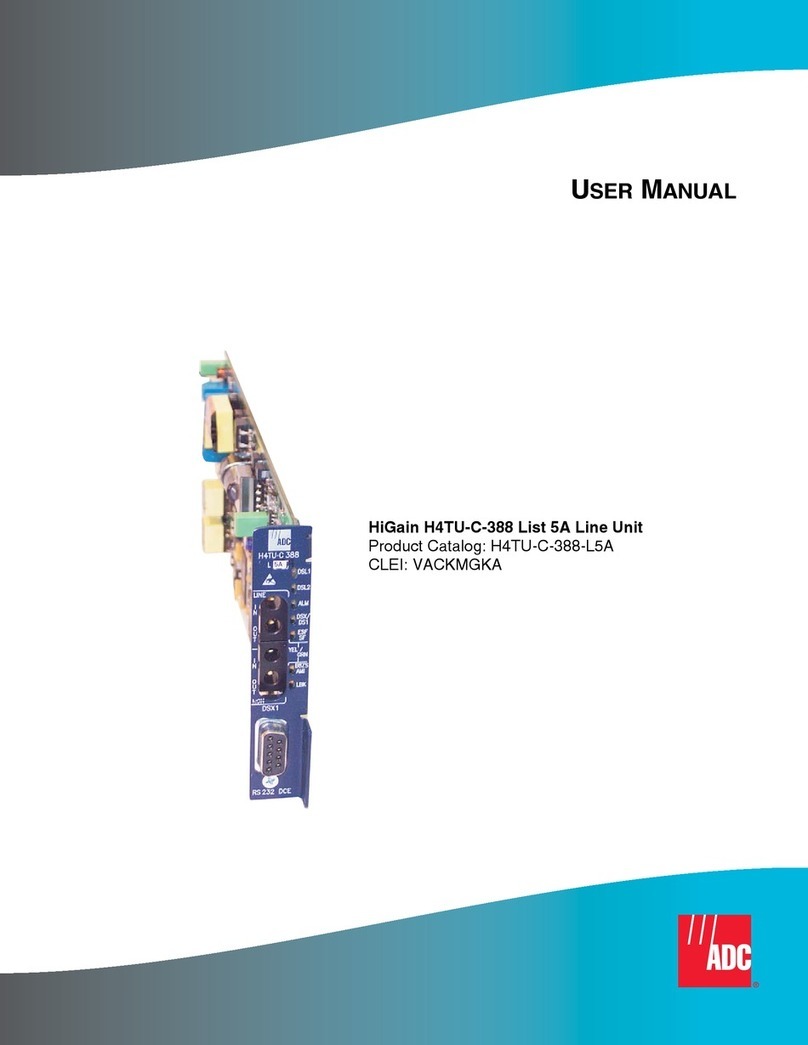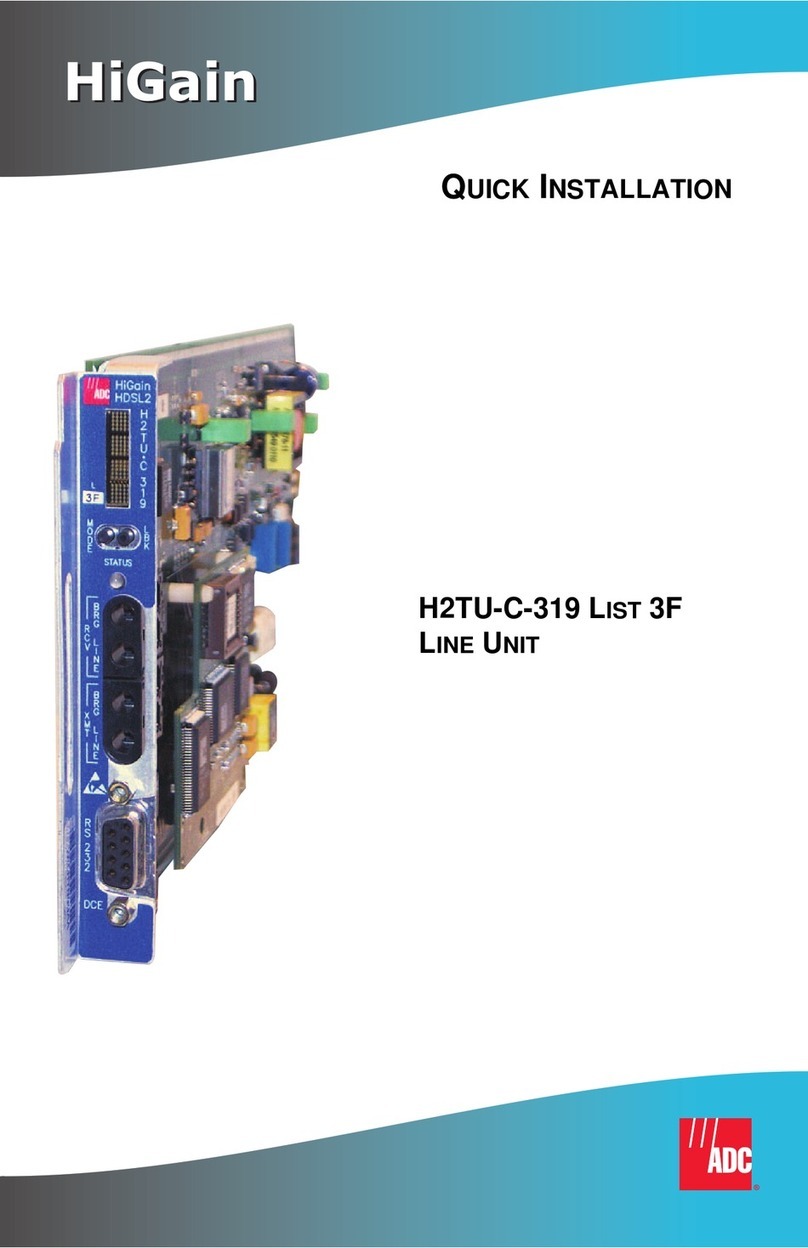
LTPH-UM-1253-01 List of Figures
H4TU-C-231 List 5A October 15, 2003 vii
LIST OF FIGURES
1.H4TU-C Front Panel ........................................................................................................................................3
2.Installing an H4TU-C into a Shelf....................................................................................................................6
3.Logon Screen....................................................................................................................................................9
4.Config Menu - Date and Time........................................................................................................................11
5.Inventory Screen.............................................................................................................................................12
6.Config Menu...................................................................................................................................................13
7.Config Menu - Standard Options (defaults shown)........................................................................................14
8.Config Menu - ADC Options (defaults shown) .............................................................................................14
9.Config Menu - Set Factory Defaults ..............................................................................................................19
10.Config Menu - Master Clear...........................................................................................................................21
11.Monitor Screen - Active Loopback with Alarms...........................................................................................22
12.H4TU-R DS1 31-Day Performance History ..................................................................................................24
13.H4TU-C DS1 48-Hour Performance History.................................................................................................25
14.H4TU-R DS1 25-Hour Performance History.................................................................................................25
15.H4TU-R DS1 Current Statistics.....................................................................................................................26
16.H4TU-C DS1 Current Statistics.....................................................................................................................26
17.H4TU-C HDSL4 31-Day Performance History.............................................................................................28
18.H4TU-C HDSL4 48-Hour Performance History ...........................................................................................28
19.H4TU-C HDSL4 25-Hour Performance History ...........................................................................................29
20.H4TU-C HDSL4 Current Statistics................................................................................................................29
21.H4TU-C DS1 Alarm History Screen..............................................................................................................31
22.H4TU-R DS1 Alarm History Screen..............................................................................................................31
23.H4TU-C HDSL4 Alarm History Screen ........................................................................................................33
24.System Event Log...........................................................................................................................................34
25.Report Menu - Full Report.............................................................................................................................37
26.H4TU-R LOS and AIS Response Priorities...................................................................................................41
27.Loopback Summary........................................................................................................................................42
28.Loopback Modes............................................................................................................................................46
29.DSX-1 Testing Towards Customer................................................................................................................51
30.DSX-1 Testing Towards Network..................................................................................................................51
31.DSX-1 Test Jack Screen.................................................................................................................................51
32.H4TU-C Card-Edge Connector......................................................................................................................55
33.RS-232 Craft Port Pinouts..............................................................................................................................56
34.H4TU-C Block Diagram ................................................................................................................................57













